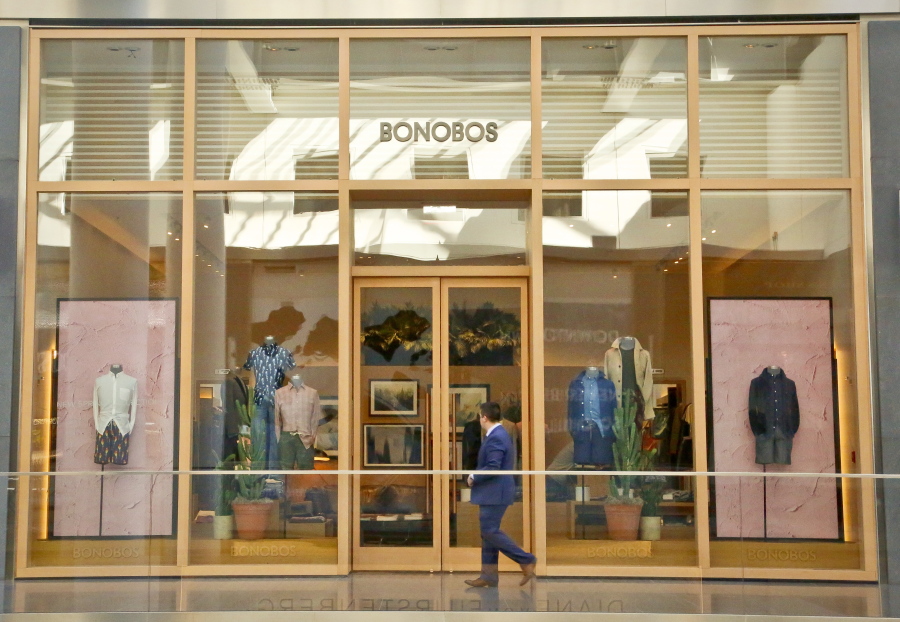NEW YORK — Erica Dao used to shop at malls once a month, looking in stores and seeing what the mannequins displayed. Now, she mainly looks for inspiration on social media.
“I discover brands through Instagram,” Dao, 33, of St. Paul, Minn., said.
Elizabeth Troy said she was the “queen of sales,” going through discounted items at J. Crew and Banana Republic stores at malls near where she lives in Richmond, Va. But her go-to source has become the online subscription service Stitch Fix, which lets her try on clothes at home and decide what to keep.
“I almost never go out to buy now,” Troy, 50, said.
Those kind of shifts illustrate the way people are changing how they buy clothing. Shoppers aren’t just showrooming at stores and then buying the same items online if they can find better prices — it’s a more significant separation from the mall.
That is spelling big problems for mall chains like The Limited, which has shut all 250 of its stores, and Wet Seal, which filed for bankruptcy. Department stores like Macy’s and J.C. Penney — anchors for the malls — are also closing stores. Sears Holdings Corp. has said there’s “substantial doubt” about its future, but believes its plan to turn around its business should reduce that risk. The number of “distressed” retailers — those with cash problems and poor credit profiles that are facing strong competition — is at the highest rate since 2009, according to Moody’s Investor Service.



